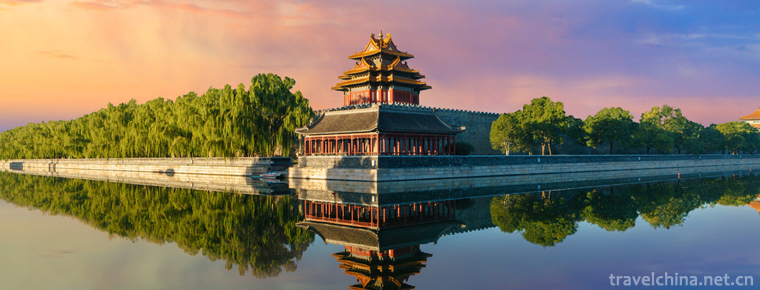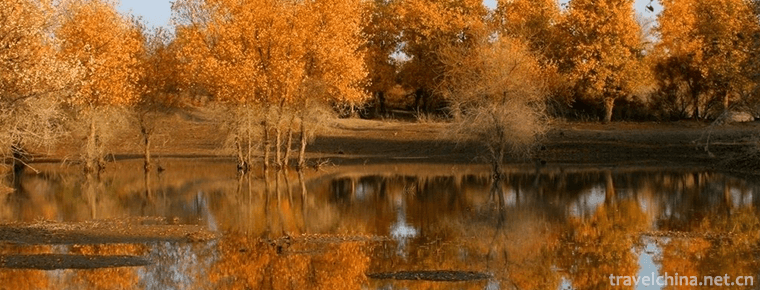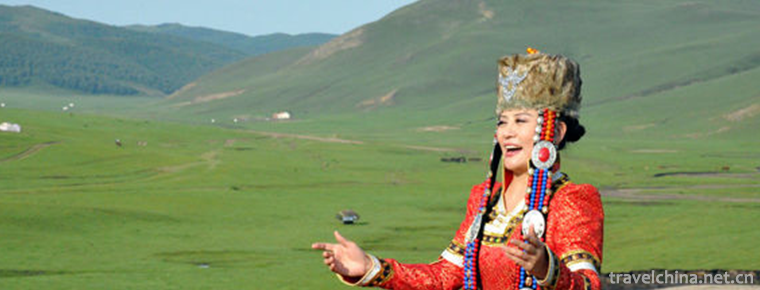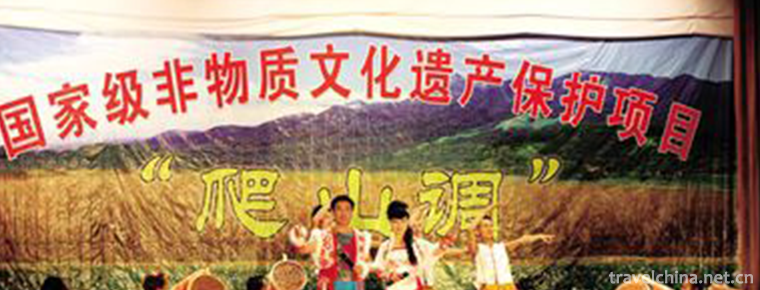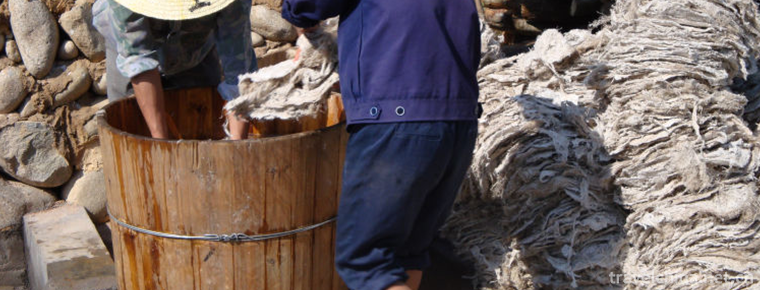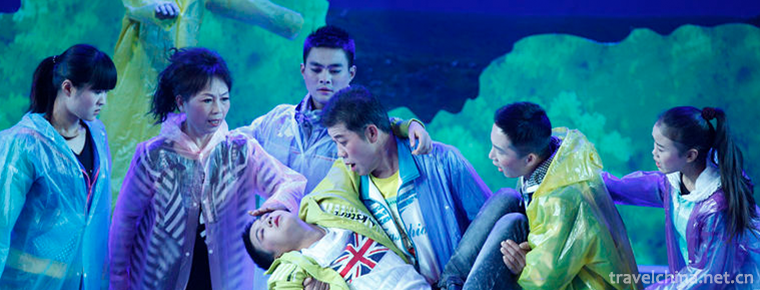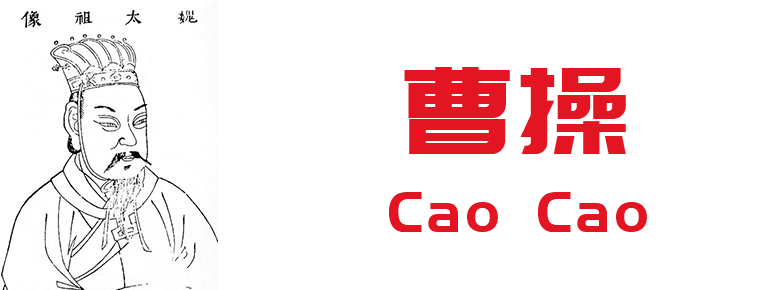Hydrological survey of Mianyang
Hydrological survey of Mianyang
Affected by the landform, Mianyang has abundant precipitation, large runoff, vertical and horizontal rivers and developed water system. There are more than 3000 rivers and gullies in the city. All rivers and gullies flow into Fujiang, Bailongjiang and Xihe, tributaries of Jialing River, belonging to Jialing River water system. Fujiang River is the largest tributary on the right bank of Jialing River, and also the most important river in the city. Its drainage area accounts for 97.2% of the total area of the city, which has a significant impact on the formation of natural geographical environment and economic development of the city. There are many tributaries of Fujiang River. The main primary tributaries in the city include Pingtong River, Tongkou River (Jianjiang River), Anchang River and Kaijiang River on the right bank of Fujiang River; Huoxi River, Furong River and Zijiang River are on the left bank of Fujiang River, forming an asymmetric pinnate water system. There are many floods in the city. The frequency of flood disasters is the highest in Anchang River and the upper reaches of Fujiang River, especially in Beichuan, Anxian and Jiangyou on the right bank of Fujiang River and along the front line of Longmen Mountain in the West.

Hydrological survey of Mianyang
-
Jinhu Yang National Forest Park
Zepujin Lake Yang National Forest Park is located 40 kilometers southwest of Zepu County in the Gobi Depth, located in the upper edge of the Yerqiang River alluvial fan
Views: 318 Time 2019-01-23 -
Mongolian Long tune Folk Songs
Mongolian long-tune Mongolian is called "Uri Tudao", which means long song. It is characterized by fewer words, long-lasting, soothing and free, suitable for narration, and longer lyric.
Views: 211 Time 2019-06-04 -
A tune of mountain climbing
Mountain climbing tune, also known as mountain climbing song and mountain song, is a traditional short-tune folk song popular in the agricultural and semi-agricultural and semi-pastoral areas of centr
Views: 213 Time 2019-06-08 -
Making Techniques of Lianshi Paper in Lead Mountain
Lead Mountain Lianshi Paper Making Skills, local traditional handicraft in Jiangxi Province, one of the national intangible cultural heritage.
Views: 213 Time 2019-06-10 -
Fallen Drama zhui zi xi
Fallen Drama, a traditional drama in Shenze County of Hebei Province and Suzhou City of Anhui Province, is one of the national intangible cultural heritages.
Views: 254 Time 2019-08-16 -
Cao Cao
Wei Wu Di Cao Cao (155 years - 220 March 15th), the name is Geely, the word Meng De, nicknamed hide. Prefectural governor of Yuzhou Qiao (today) Anhui Bozhou Person . Eastern Han Dynasty Outstanding i
Views: 398 Time 2019-09-07 -
Ertan scenic spot
Ertan National Forest Park is located in Chengdu Emeishan Xichang Kunming tourist hotline. The majestic power station, the misty blue lake, the surrounding green mountains, the wild virgin forest
Views: 144 Time 2020-10-16 -
Administrative division of Guangyuan
Guangyuan City has 7 county-level administrative divisions (Municipal District 3, county 4) and 142 township level administrative divisions (Street 7, town 111, township 24). It covers an area of 16310 square kilometers and has a population of 3.11 million. Guangyuan Municipal People's government is located at No.24, north section of Renmin Road, Lizhou district.
Views: 114 Time 2020-12-15 -
Biological resources of Suining
There are many kinds of biological resources in Suining. There are more than 1500 varieties or strains of biological resources found and utilized in Suining, including more than 1000 plant resources and 367 cultivated varieties of crops. The territory belongs
Views: 353 Time 2020-12-16 -
Nanchong Sports
By the end of 2019, Nanchong has 37 national youth sports clubs, 5 new national fitness routes and 1623 national fitness routes. Our athletes won 67 medals in national competitions and 288 in provincial competitions.
Views: 136 Time 2020-12-17 -
Meishan tertiary industry
In 2019, the total retail sales of consumer goods will reach 54.869 billion yuan, an increase of 10.5%. Among them, enterprises (units) above the designated size achieved 15.655 billion yuan of retail sales of consumer goods, an increase of 10.2%. In terms
Views: 354 Time 2020-12-18
